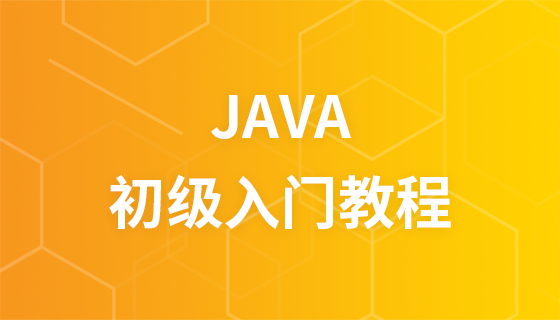
Docker is currently one of the most popular container technologies, allowing developers to develop and test applications in a closed environment. Docker file mapping is an important concept in Docker, which allows files or directories on the host to be mapped to files or directories in the Docker container, so that applications in the container can access resources on the host. In actual use, we may need to modify the Docker file mapping to meet different needs. This article will introduce the basic concepts of Docker file mapping and how to modify Docker file mapping.
1. The basic concept of Docker file mapping
Docker file mapping refers to mapping files or directories on the host to files or directories in the Docker container. Through file mapping, Docker containers can access resources on the host, such as configuration files, log files, etc. In Docker, file mapping is achieved through the-vparameter. The-vparameter has the following uses:
docker run -v /path/on/host:/path/on/container image-name
This command will The/path/on/hostdirectory on the host is mapped to the/path/on/containerdirectory within the container.
docker run -v $(pwd):/path/on/container image-name
This command maps the current working directory to/path/on/ within the container containerdirectory.
docker run -v volume-name:/path/on/container image-name
This command maps the data volumevolume-nameto a directory in the container/path/on/containerDirectory.
2. Modify Docker file mapping
In actual applications, we may need to modify Docker file mapping. For example, when we run an application in a Docker container, we need to place the configuration file in a specific directory on the host. In this case, we need to modify the file mapping so that the directory on the host is mapped to the directory in the container. Let's take a look at how to modify Docker file mapping.
First, we need to stop the running Docker container. You can use the following command to stop a Docker container:
docker stop container-id
wherecontainer-idis the ID of the Docker container.
Next, we need to modify the Docker file mapping to map the required directories into the Docker container. Modifying Docker file mapping requires modifying the original Docker command. For example, the original Docker command is:
docker run -d -p 8080:8080 -v /var/lib/docker/volumes/app-data/_data:/data app:latest
The above command maps the/var/lib/docker/volumes/app-data/_datadirectory to/data in the Docker containerTable of contents. Now we need to modify it to:
docker run -d -p 8080:8080 -v /home/user/app-data:/data app:latest
where/home/user/app-datais the directory we want to map.
After modifying the Docker command, we need to restart the Docker container. You can use the following command to start the modified Docker container:
docker start container-id
wherecontainer-idis the ID of the Docker container.
After modifying the Docker file mapping, we can enter the Docker container to see if the directory we need is correctly mapped. You can use the following command to enter the Docker container:
docker exec -it container-id /bin/bash
wherecontainer-idis the ID of the Docker container. After entering the Docker container, we can use thecdcommand to enter the/datadirectory to check whether the files in it are consistent with the files on the host.
Summary:
In this article, we introduced the basic concepts of Docker file mapping and demonstrated how to modify Docker file mapping. In actual use, Docker file mapping needs to be modified according to different needs to meet the needs of the application. For beginners, mastering the relevant knowledge of Docker file mapping can help them better use Docker technology.
The above is the detailed content of How to modify Docker file mapping. For more information, please follow other related articles on the PHP Chinese website!




